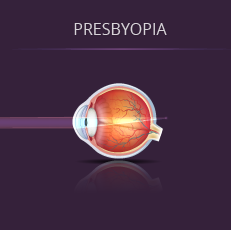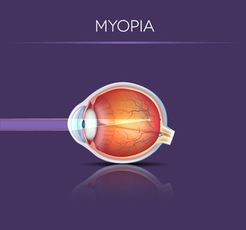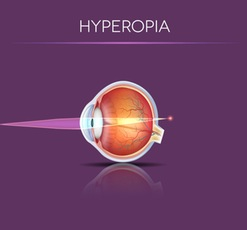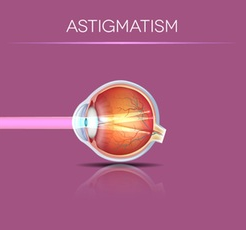Eye Exam and Consultation
We provide comprehensive eye exams for patients of all ages. At your exam, we will check for the presence of diseases and also for any changes in your prescription. You will be asked questions not only about your eyes, but also about your general health and medications, as we need the complete picture to evaluate possible problems with your eyes.
In addition to routine eye care, we have appointments for non-routine eye exams to monitor for progression of glaucoma, macular degeneration and diabetic eye disease. We can photo document the inside of your eye and also use advanced scanning equipment to monitor these diseases. We also make the appropriate surgical referrals when it becomes necessary for you to see an eye surgeon. Our offices also manage any eye infections and injuries with either topical eye drops, or oral medications if necessary.
View Video
Common Eye Conditions
Your exam will include an assessment of your ocular health, as well as checking your prescription. This test is called a refraction, and allows us to know what power you will need in your glasses. It is also what we base your contact lens prescription from, though they are rarely exactly the same. The following are explanations of the most common conditions requiring glasses.
Presbyopia
Presbyopia is a condition that typically becomes noticeable for most people around age 45. In children and young adults, the lens inside the eye can easily focus on distant and near objects. With age, the lens loses its ability to focus adequately.
Although presbyopia is not completely understood, it is thought that the lens and its supporting structures lose the ability to make the lens longer during close vision effort. To compensate, affected individuals usually find that holding reading material further away makes the image clearer. Ultimately, aids such as reading glasses are typically needed by the mid-forties.
Besides glasses, presbyopia can be dealt with in a number of ways. Options include: monovision and multifocal contact lenses, monovision laser vision correction, and new presbyopia correcting implant lenses.
Myopia (Nearsightedness)
Nearsighted individuals typically have problems seeing well at a distance and are forced to wear glasses or contact lenses. The nearsighted eye is usually longer than a normal eye, and its cornea may also be steeper. Therefore, when light passes through the cornea and lens, it is focused in front of the retina. This will make distant images appear blurred.
There are several refractive surgery solutions available to correct nearly all levels of nearsightedness.
Hyperopia (Farsightedness)
Farsighted individuals typically develop problems reading up close before the age of 40. The farsighted eye is usually slightly shorter than a normal eye and may have a flatter cornea. Thus, the light of distant objects focuses behind the retina unless the natural lens can compensate fully. Near objects require even greater focusing power to be seen clearly and therefore, blur more easily.
LASIK, Refractive Lens Exchange and Contact lenses are a few of the options available to correct farsightedness.
Astigmatism
Asymmetric steepening of the cornea or natural lens causes light to be focused unevenly, which is the main optical problem in astigmatism. To individuals with uncorrected astigmatism, images may look blurry or shadowed. Astigmatism can accompany any form of refractive error and is very common.
Astigmatism can be corrected with glasses, contact lenses, corneal relaxing incisions, laser vision correction, and special implant lenses.



